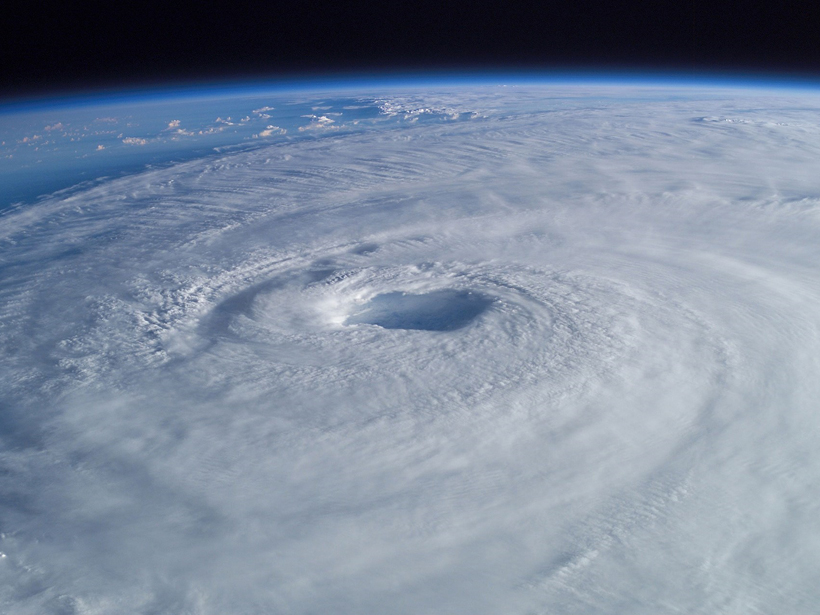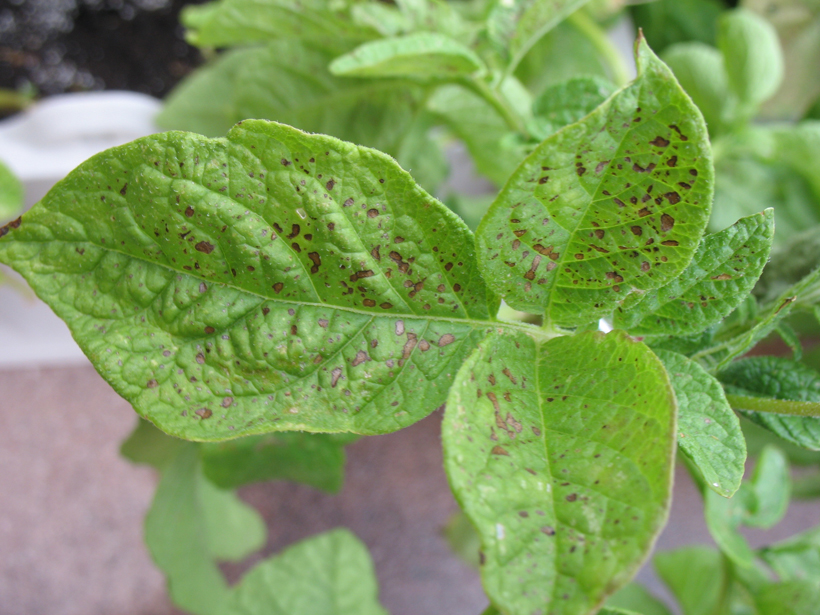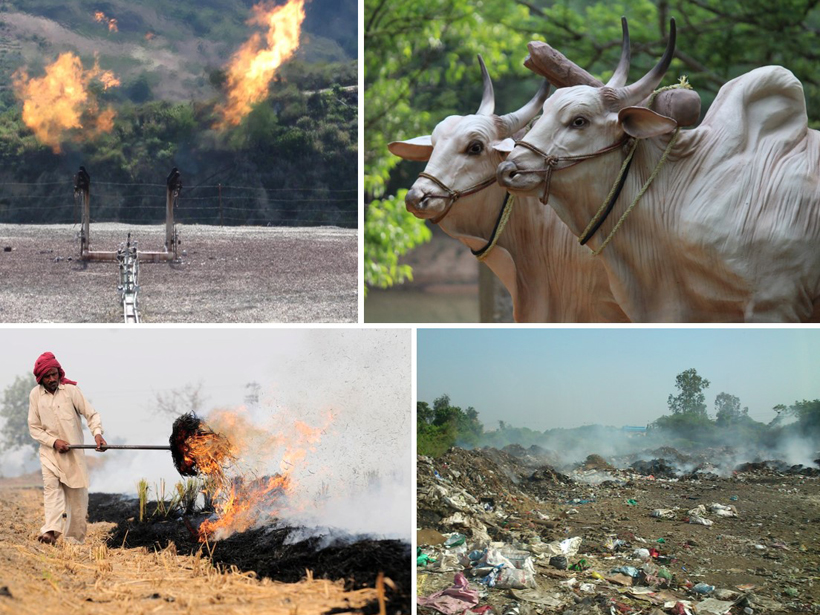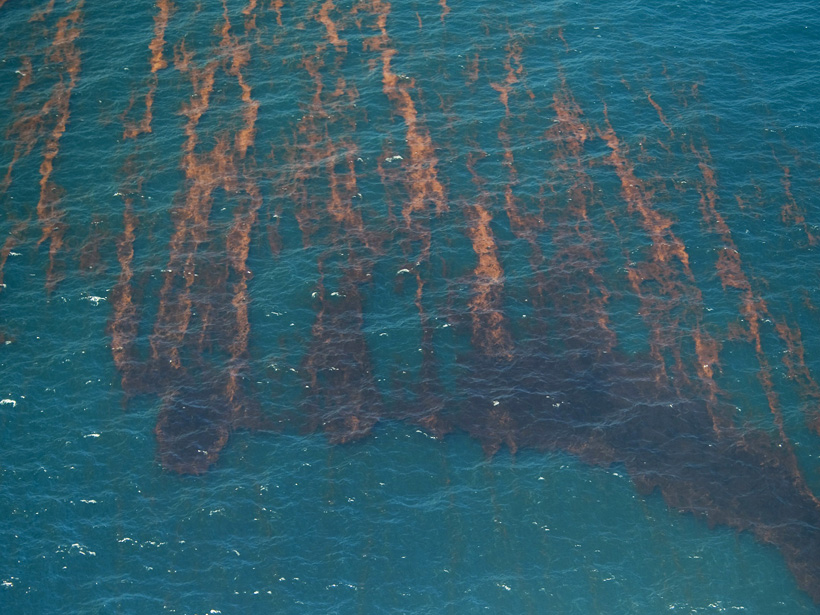Most climate variability is organized by a simple principle—scaling laws—allowing us to understand past and future climate change.
Reviews of Geophysics
Removal of Ozone Air Pollution by Terrestrial Ecosystems
Tropospheric ozone is removed at Earth’s surface through uptake by plant stomata and other nonstomatal deposition pathways, with impacts on air pollution, ecosystem health, and climate.
From Blowing Wind to Running Water: Unifying Sediment Transport
Laboratory experiments and grain-scale computer simulations during the past decade have led to a more universal understanding of flow-driven sediment transport across flows in oil, water, and air.
Methane’s Rising: What Can We Do to Bring It Down?
Reducing methane emissions is critical for addressing climate warming, but which are the easiest and most cost-effective ways to do this?
Imaging Seismic Sources
Waveform‐based location methods are being used to better characterize and understand seismic sources from the laboratory to the global scale.
Where Do Natural Gas Hydrates Come from and Why Should We Care?
A new generation of models, laboratory, and field studies is helping scientists answer important questions about this mysterious substance.
Insights from Space: Satellite Observations of Arctic Change
New satellite instruments and data, plus a more comprehensive observing network, are key to increasing our understanding of past and future change in the Arctic Boreal Zone.
Understanding Material Movement in the Ocean’s Upper Layer
Computer simulations are advancing our understanding of how natural and anthropogenic materials are transported around the upper layer of the ocean.
Hearing the Sun Tock
The appearance of sunspots—their number, duration, and location—suggests that the dynamics of the Sun’s outer layer is synchronized with an internal clock.
Invasive Species Drive Erosion in Aquatic Environments
The daily activities of mammals, reptiles, crustaceans, and fish influence the physical environment, with invasive burrowing species causing particular disruption in aquatic environments.










